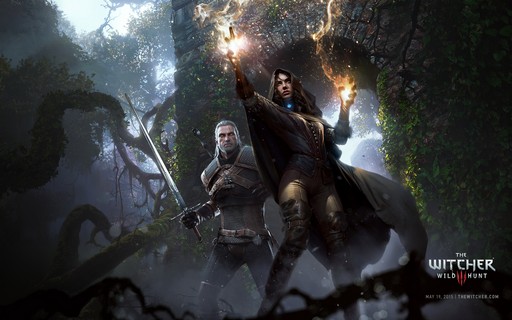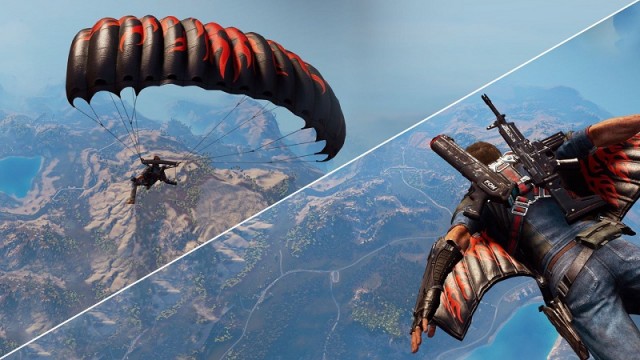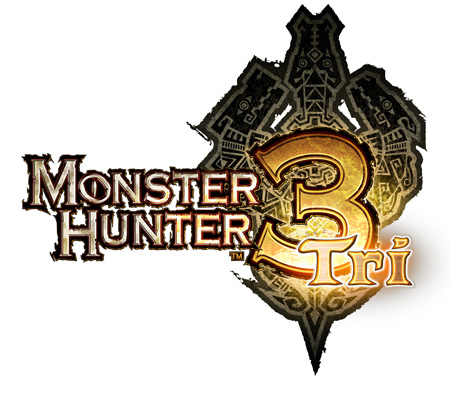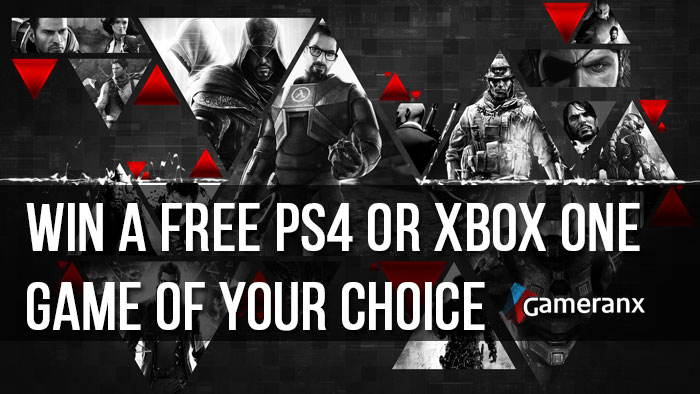

Gears of War 3 upped the ante and intensity of the gruesome third-person action series in every way, offering a conclusion to the story of the Locust invasion with bigger set pieces, more characters and emotional moments; all playable for the first time in full four-player co-op. Throwing in an enhanced Horde mode and a new Beast mode to go along with redesigned multiplayer, and Epic Games had developed one of the cleanest and most comprehensive packages available on the Xbox 360.
So for the next game in the series, the logical path Epic decided upon was to go backwards in the timeline with the help of Bulletstorm developer People Can Fly to flesh out the backstory leading up to these events. How does People Can Fly’s Gears of War: Judgment stack up against Epic Games’ trilogy? Read on for our review.
Gears of War: Judgment is a prequel set 14 years before the events of the original game, starring fan-favorite supporting characters from the Gears of War trilogy Damon Baird and Augustus Cole, joined by new characters Sofia Hendrik, an Onyx Guard Academy cadet, and the veteran soldier Garron Paduk, who served against the COG with the Union of Independent Republics during the Pendulum Wars.
Taking the two most comedic members from the core series and throwing in a grizzled combatant who served against them would seem to offer a formula for more of that Gears signature banter, but like other facets of Judgment, there is a lot left to be desired. Judgment doesn’t take advantage of the reason Cole and Baird became fan-faves in the trilogy and on the whole, the smaller cast of characters rarely interact with each other. And when they do, it’s nonsensical and not very memorable – an indicator of the game as whole. You may even forget at times that Cole is in the game, and that’s not right.
Unlike the core trilogy, Judgment’s story-based gameplay is separated into two short campaigns. ‘Judgment’ is the main prequel story, exploring the period of time when Baird was a Lieutenant and leader of Kilo Squad. It’s structured as a series of character-specific flashbacks taking place during a trial where Baird and his squad must answer for their against-all-orders use of a lightmass bomb.
The concept of a prequel explored through flashbacks is a smart one, allowing for new features to be implemented in the single-player/cooperative campaign – the most notable of which is the ability to play each level of the game in “Declassified” mode, meaning players can activated a red COG logo at the beginning of each section that will force them to complete the level under specific conditions. These conditions range from poison or smoke hindering vision, a countdown timer until a bomb goes off, killing Kilo, or other times involving weapon restrictions or enhanced enemy tactics, etc.. These increase the challenge but reward players with more points in their effort to get a three-star rating on each mission.
It’s very arcade-like but for a game that boasts the smallest, most familiar and lackluster campaign to date, the Declassified objectives add a sense of excitement and replayability, especially when playing with friends cooperatively. What also keeps gameplay fresh is that on every replay, even when starting from a checkpoint upon death, the spawning enemies are different, sometimes even coming in different spawn locations. AI on the friendly front was noticeably improved, with Kilo squadmates quicker to revive fallen allies and making use of a variety of weapons. The same cannot be said of enemies, who often dance in circles around the player or COG soldiers, sometimes even running past them without attracting attention. This makes using the shotguns almost too easy.
The ‘testimony’ setup isn’t played out exceedingly well, and inexplicably, is set during a battle while other soldiers are dying. Throw in missions that play out as a disconnected series of short-lived survival instances (most of them repeated set pieces from previous games) taking place in narrow, restricted and unimaginative levels, and Judgment begins to show signs that it’s simply running through the motions, attempting to sell itself on what came before.
The second campaign, dubbed ‘Aftermath‘, is unlocked after a number of stars are earned in the ‘Judgment’ missions and takes place during Gears of War 3. It reunites members of Kilo squad to explain where Baird and Cole were before rejoining Fenix and co. for the final Queen battle. Like most of the set pieces from the Judgment story, Aftermath also is a series of repeated and familiar action sequences, except it doesn’t feature the Declassified option, making it even more boring.
The most notable change for Gears veterans is the new control scheme, making lobbing grenades and switching between primary weapons easier, in exchange for making planting grenades more difficult and limiting the amount of weapons a character can carry to two. That change unfortunately prevents players from taking advantage of the series’ entire arsenal – a shame, considering some of the new weapons making a first appearance in Judgment. Since characters can no longer wield a sidearm in addition to their main two weapons, many of the guns are made entirely obsolete, which also applies to multiplayer and its new class system.
The lasting appeal for each Gears of War title comes from its multiplayer offerings, and Judgment offers a few new modes, but falls short on delivering what fans expect from the franchise. On the co-op front, gone is the signature and fan-favorite Horde mode from Gears of War 2 & 3 (along with Beast mode), replaced by Survival mode. Survival is a rather basic, 10-wave defensive mode where five players protect an E-hole cover against waves of Locust forces. Defensive barriers and emplacements are predetermined based on the map and players have less to do in the more confined maps compared to Horde 2.0.
There are only four playable maps, much more tight-knit than Gears 2 & 3, and the only variety comes from players picking among the four different classes – each starting with two weapons and one ability, meaning players can’t play every role, and need to work together. Due to Judgment’s new control scheme and the predefined loadouts, Survival sees many of the game’s weapons made entirely useless, and overall the co-op offerings are a missed opportunity for Judgment, especially considering the expectations raised by the previous game.
On the competitive front, Gears of War: Judgment controversially drops the ‘Down But Not Out’ mode, but finally adds the series’ first free-for-all option. Both Deathmatch and Team Deathmatch pit humans vs. humans, letting players customize their character armor and colors. It’s a neat addition, but the lack of the classic Locusts vs. COGs as an option, even if mixed, is disappointing. The signature mode however is ‘OverRun,’ a competitive game drawing elements from Gears 3’s Beast mode. One team plays the COG on defense while the other team can play as various Locust units attempting to attack an E-hole cover. It’s arguably the most fun mode, but with the game only featuring four maps for Survival co-op, and four maps for its competitive multiplayer, the larger problems persist across all facets of Judgment.
While maintaining the fun action and polish players expect and providing more solid co-op experiences, Gears of War: Judgment feels rushed, and immediately dated. It’s a package missing too many elements replaced by gimmicks, and instead of taking the franchise forward, takes steps back in nearly every way. There’s fun to be had in the more arcade-focused campaign, but its narrative offerings coupled with its less expansive multiplayer modes make Judgment the weakest game in the series, and something that feels more like a grouping of overpriced DLC expansions for Gears 3 that players arguably deserved for buying that season’s pass.
Judgment is still worthy of play for the dedicated fanbase looking for a quick dose of story, more co-op action and another mode or two for multiplayer. What they’ll get is not necessarily bad, just not up to par with the series.
Gears of War: Judgment is available exclusively for the Xbox 360.
Follow Rob on Twitter @rob_keyes.




 Monster Hunter Tri Guide
Monster Hunter Tri Guide Destiny: TTK - How to Get Keys and Open All Secret Dreadnaught Chests
Destiny: TTK - How to Get Keys and Open All Secret Dreadnaught Chests Win a PS4 or Xbox One Game Of Your Choice!
Win a PS4 or Xbox One Game Of Your Choice! Evolve: Markov, Hyde, Parnell - Master Assault Class
Evolve: Markov, Hyde, Parnell - Master Assault Class How to get extra Crossy Road Gift boxes and Coins, Mascots, Planes and more, Tips and Tricks
How to get extra Crossy Road Gift boxes and Coins, Mascots, Planes and more, Tips and Tricks